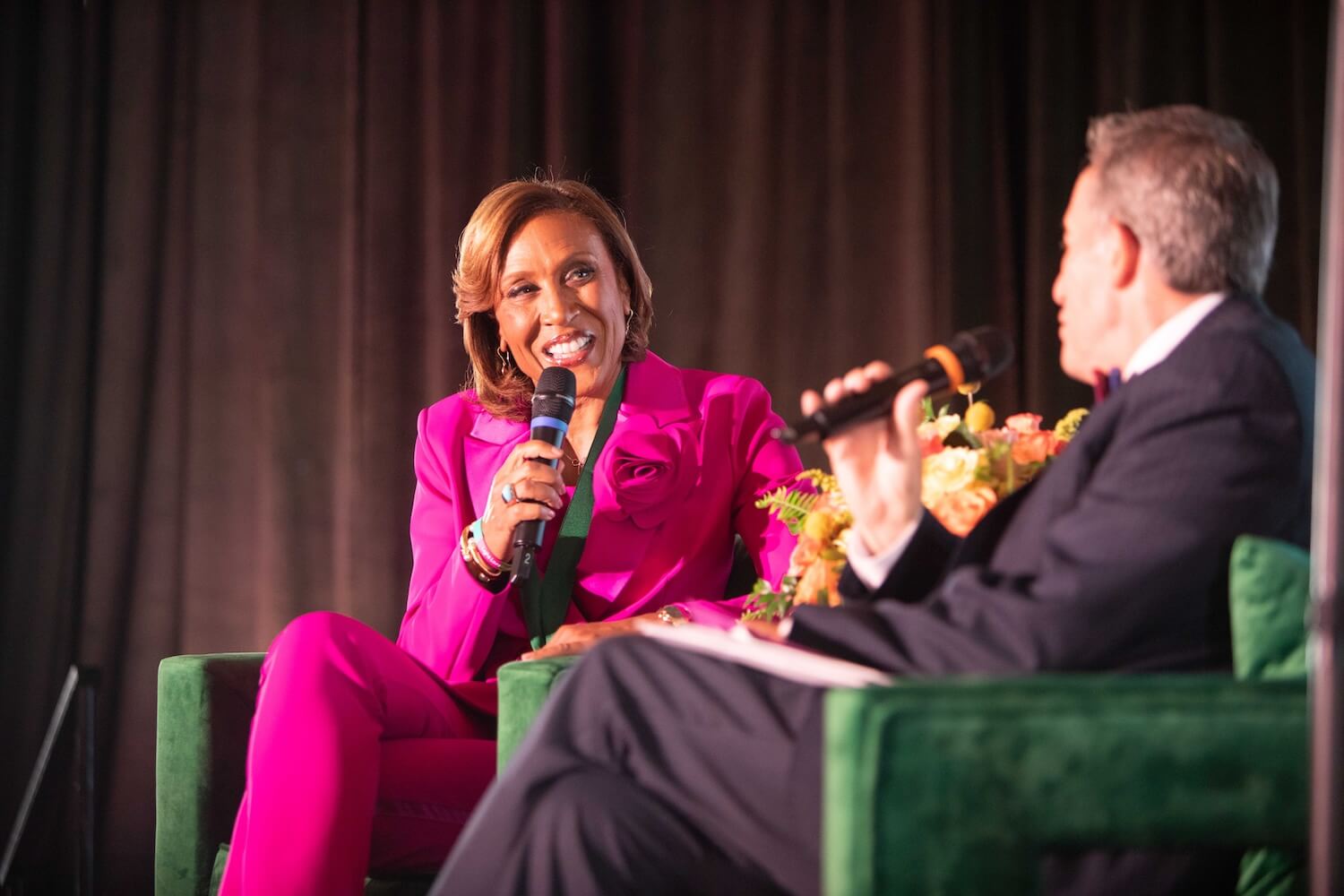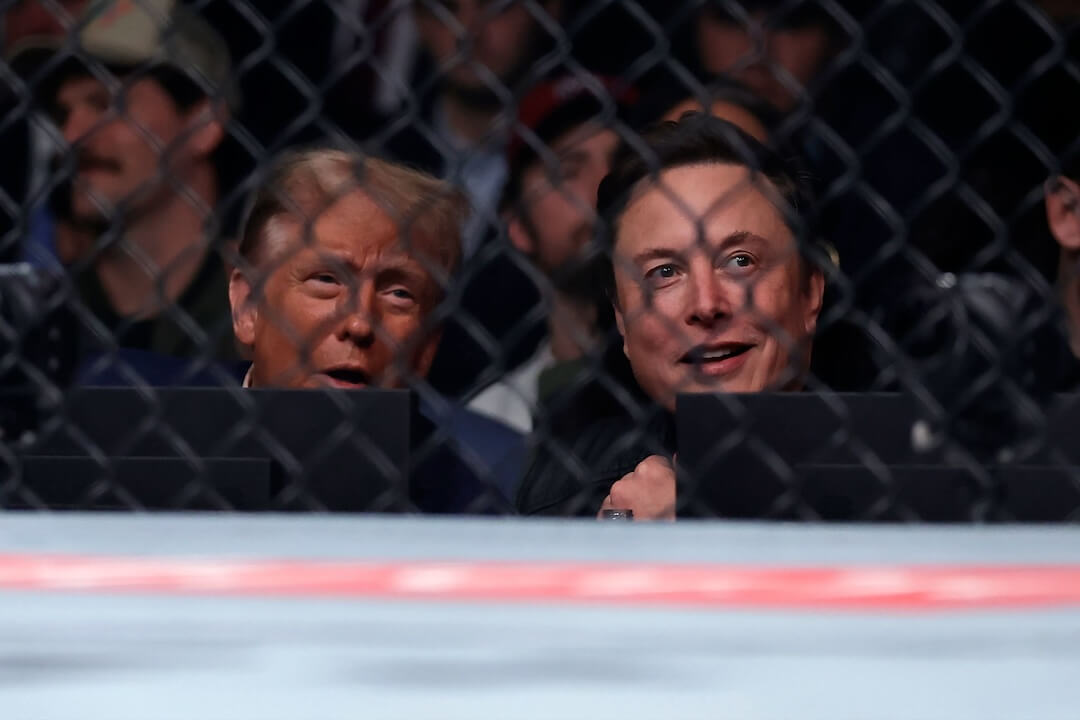[This information was originally prepared for a Poynter Institute seminar, “Training the Trainers,” held Oct. 8, 1997 in San Diego, Calif., and may not be republished without attribution to the author and to the Poynter Institute. It is based on the author’s experience as a supervisor, trainer, critic and mentor of copy editors who design at the St. Petersburg Times and other papers.]


This is a seven-part web document encompassing the following topics:

1. Introduction, including a look at the goals of the copy editor who does layout and some goals of the trainer and how they conflict

2. In my ‘ideal newsroom’ …

3. Questions the trainer should ponder (and possibly ask) when reviewing the copy editor’s layouts:

4. Characteristics of a good trainer

5. A few things the copy editor deserves to understand about graphic design fundamentals

6. Resources and ideas for the trainer

7. Advice for cynics

|
|
By Ron Reason
Director of Visual Journalism, The Poynter Institute

PART 5: GRAPHIC DESIGN FUNDAMENTALS EVERY EDITOR SHOULD KNOW

A. Typography

- Less is more. The greater the number of fonts in the news pages, the more likely graphic chaos will result, as visual confusion with adjoining advertising is increased.
Creativity can occur with limited fonts and within a strict style. Restraint in the area of typography will result in an emphasis on what is almost always the more important element in a page layout: the photos, illustrations, and graphic design that can truly create visual power. In addition, the content of a headline (word choice) is far more important than the typeface selected. Write the great headline first, tackle the type and design second.
Type creation and type design is a science, an art, and a craft. Great design with type, whether in Harper’s Bazaar, Entertainment Weekly, or Rolling Stone, is no accident, and results from either years of training in the graphic arts or phenomenal intuition on the part of the designer.

B. Color

- Color is not a toy. It can elevate or distract from the content of both text and visuals on the page.
Color decisions should not be arbitrary. Color has meaning.
An understood color palette should be as much a part of the newsroom design stylebook and page templates as font choices and grid options; particularly in the area of graphics, a predetermined palette will save lots of time and wasted energy on the part of artists making color decisions (about land, water, etc.)

C. Design (general)

- No design element should appear in a layout without good reason: excess photos, needless words, rules, dingbats, even white space should all be judged with a cruel, critical eye.
Balance of elements should be the goal of any page.
The art direction of the page – assignment and selection of photos and illustrations – must be a major priority, before the little details are addressed. There’s no sense spending eight hours on a layout for which five minutes have been spent in the planning.
While there is value in using some surprise and variation in a newspaper’s design, this must be balanced against the need for consistency and a solid corporate visual identity.

For discussion or contemplation: What other design absolutes guide you or your newsroom?
|
![]()





